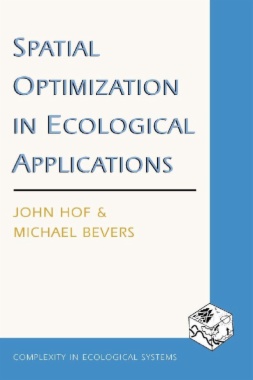Whether discussing habitat placement for the northern spotted owl or black-tailed prairie dog or strategies for controlling exotic pests, this book explains how capturing ecological relationships across a landscape with pragmatic optimization models can be applied to real world problems. Using linear programming, Hof and Bevers show how it is possible for the researcher to include many thousands of choice variables and many thousands of constraints and still be quite confident of being able to solve the problem in hand with widely available software. The authors' emphasis is to preserve optimality and explore how much ecosystem function can be captured, stressing the solvability of large problems such as those in real world case studies.

